This new baby car seat combines military-grade tech and Ferrari aesthetics
Having spent more than a decade designing impact-absorbing seats for military planes and armored vehicles, aeronautical engineer Shy Mindel was a bit surprised to find himself outside a hospital a few years ago asking strangers for help installing an infant car seat.
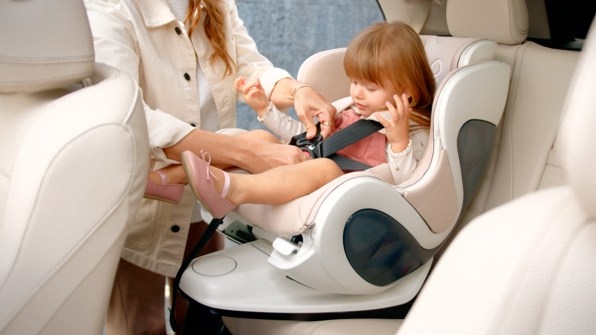
“After 25 minutes of struggling with the infant seat, I still couldn’t do it right,” says Mindel, now a father of three. Familiar to many new parents facing a first drive home from the hospital with a newborn, the process of installing an infant’s car seat is a mix of anxiety and uncertainty—worrying about making that first car ride as safe as possible while not really knowing whether the seat and base have been installed correctly. “I have a better than average technical ability, so if I’m doing it wrong, probably most people are,” Mindel says.
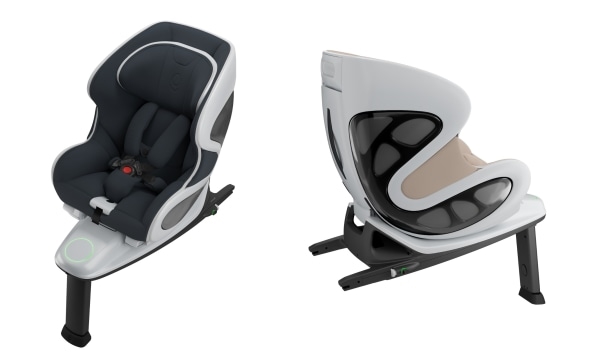
Mindel had built a career around making high-risk vehicle seats safe but struggled to make sure his child’s store-bought car seat could do the same. It was a frustrating experience that led him to cofound Babyark, which just debuted what the company is calling the safest baby seat ever engineered. Combining Mindel’s background in military seat safety and an uncommon attention to the installation process and use, Babyark’s new convertible baby car seat is an earnest attempt to eliminate the anxiety and uncertainty many parents experience with their first car seat.
Inspired by the structural simplicity of an egg, the seat’s form was designed by Frank Stephenson, an industrial designer known for his work in the automotive industry, including designing the relaunch of the Mini and cars for brands ranging from Ferrari to McLaren to Fiat. Built with aluminum, steel, and carbon fiber, the Babyark is an orb-like pod that snaps into a base, which attaches to a car’s built-in anchoring system, and is steadied by an extendable leg. For rear-facing use, the base opens like a makeup compact, automatically detecting the correct angle to hold the seat and easing the installation process. “The user doesn’t need to adjust anything,” Mindel says.
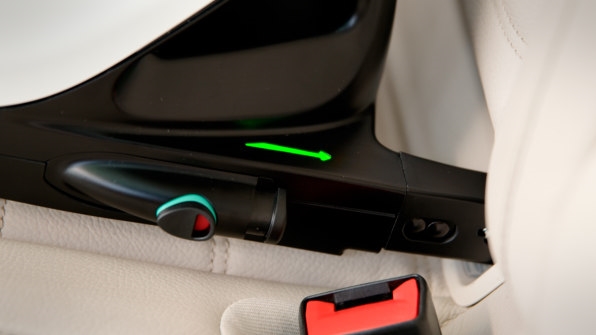
An integrated lighting system glows green when the seat is properly inserted, and a smartphone app connects with sensors in the seat to confirm correct installation, placement, and use of the buckle. The app warns drivers when they begin driving without having properly inserted the seat or connected the restraints. It will also warn users if they accidentally leave a baby in the car after parking, which can be deadly. “Every time the baby is placed in the seat, it checks to make sure the baby is in correctly, and the seat was correctly installed,” Mindel says.
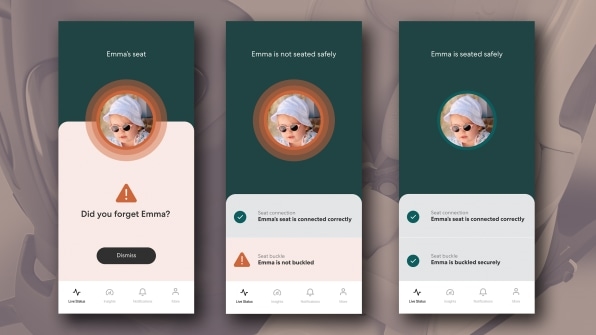
Drawing on his years designing military-grade seating and safety equipment, Mindel and his team implemented an internal steel-coil-shock-absorbing system to ensure the seat would protect a baby in the event of a major crash. The coil extends by four inches on impact, instantaneously softening the force the baby experiences. Modeled after systems used in battlefields, Mindel says the seat “is designed for a much more severe scenario.”
Unlike most infant car seats, which are mostly made of plastic and foam and designed to last only a few years, Babyark doesn’t expire and can survive both minor and moderate crashes. Accelerometers and gyroscopes in the seat record the force of any crash, and notify users whether the seat can be reused.
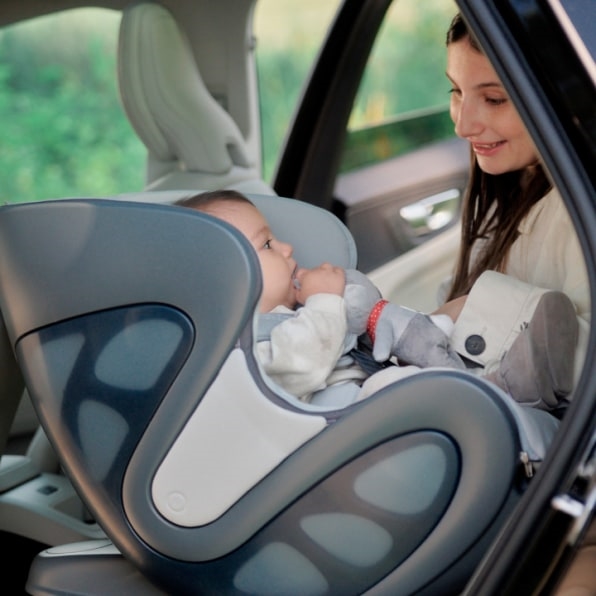
After four years in development and more than 200 crash tests, the Babyark will be available for purchase in the U.S. in mid-2023. All this design and technology adds up, though. The Babyark is far more expensive than the typical car seat, with a preorder price of $990. Mindel argues that the product is worth the cost since it can be used until a child weighs 65 pounds, or for around 7 to 10 years.
The military-grade safety is the main benefit, of course. But based on his own experience, Mindel says there’s also significant value in having a car seat that lets you know that yes, you actually did install it correctly.
(20)



